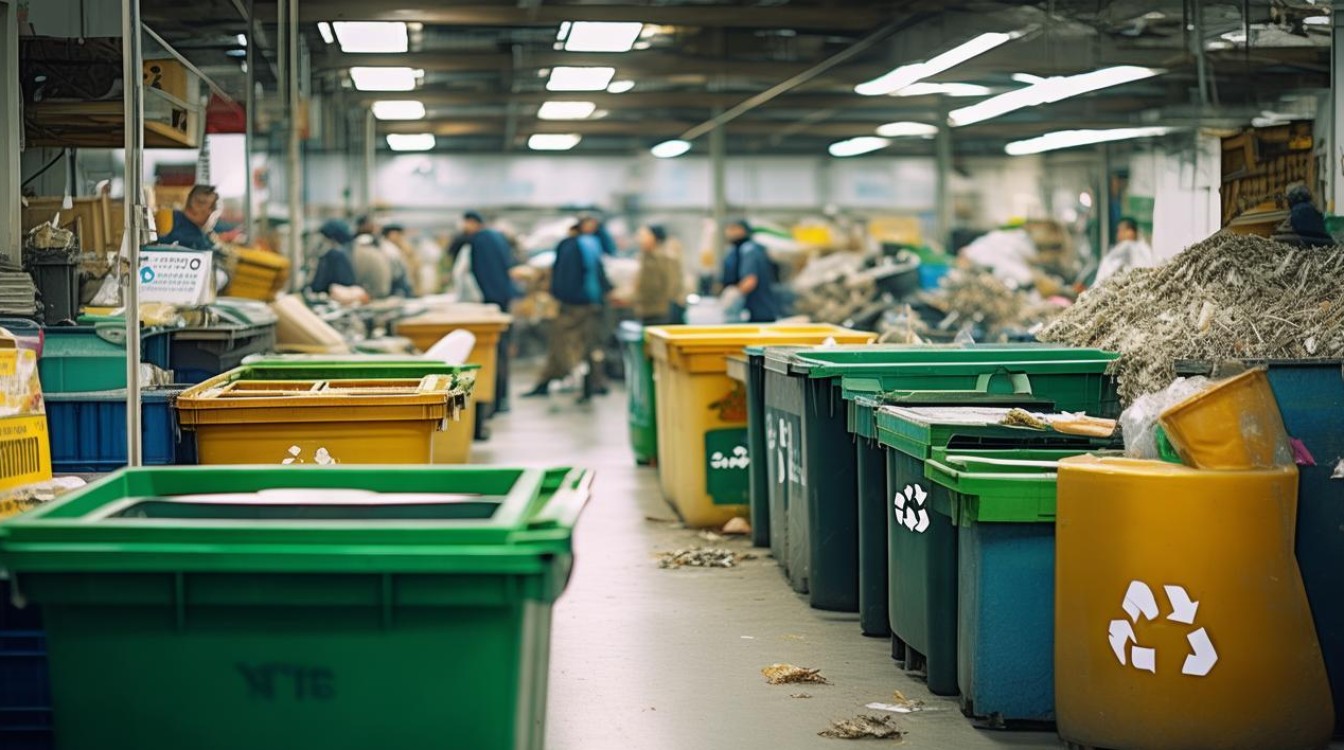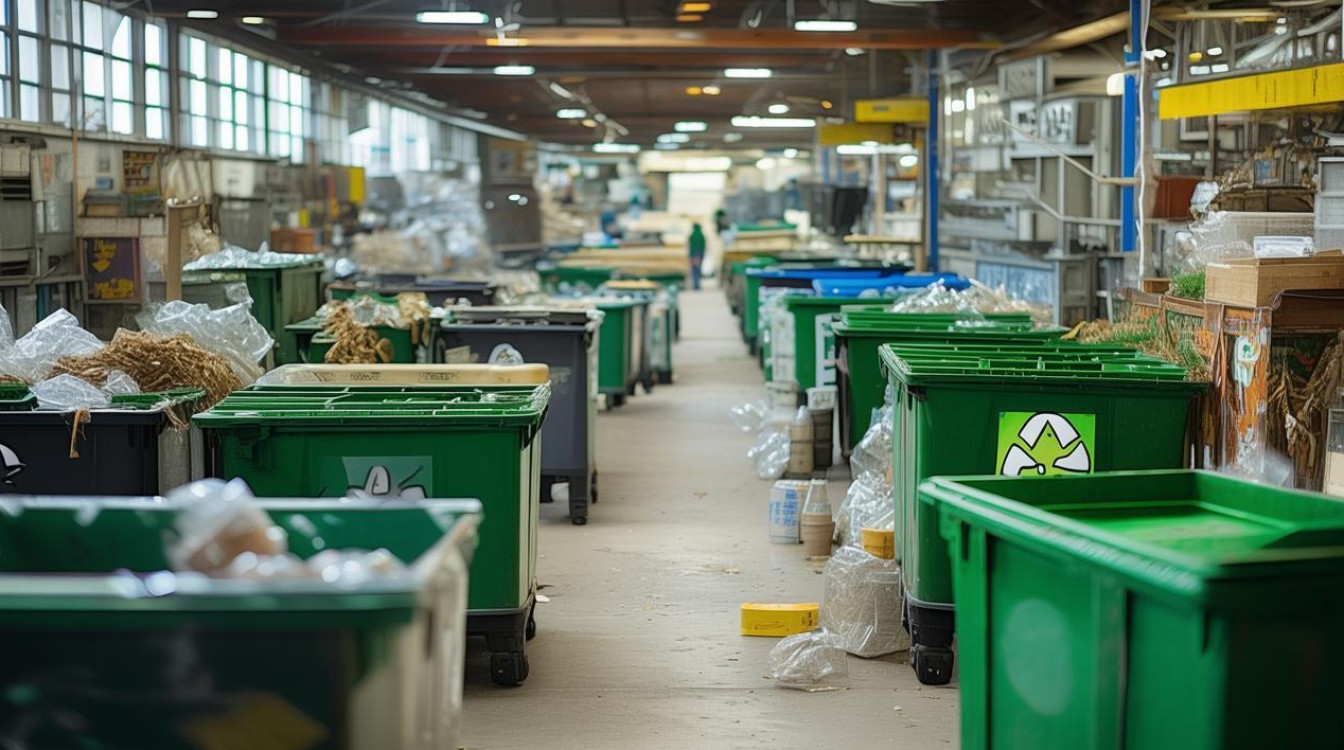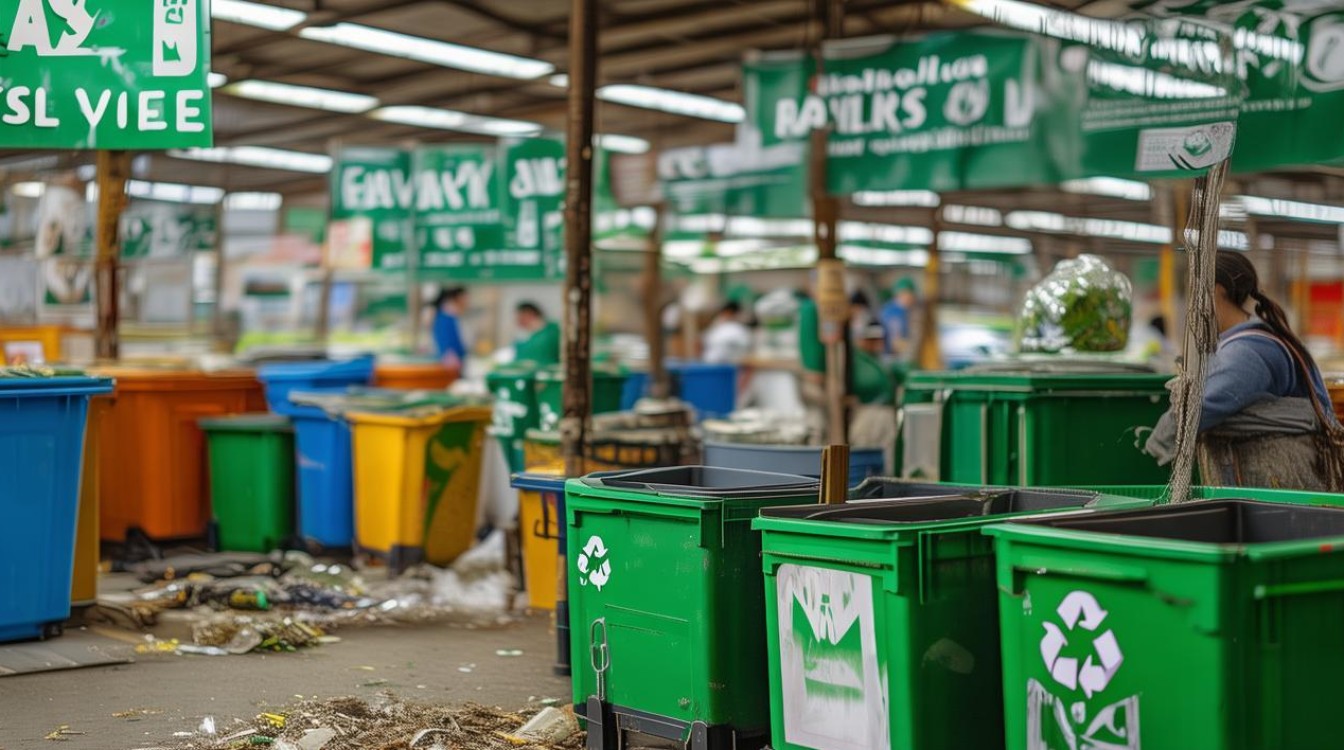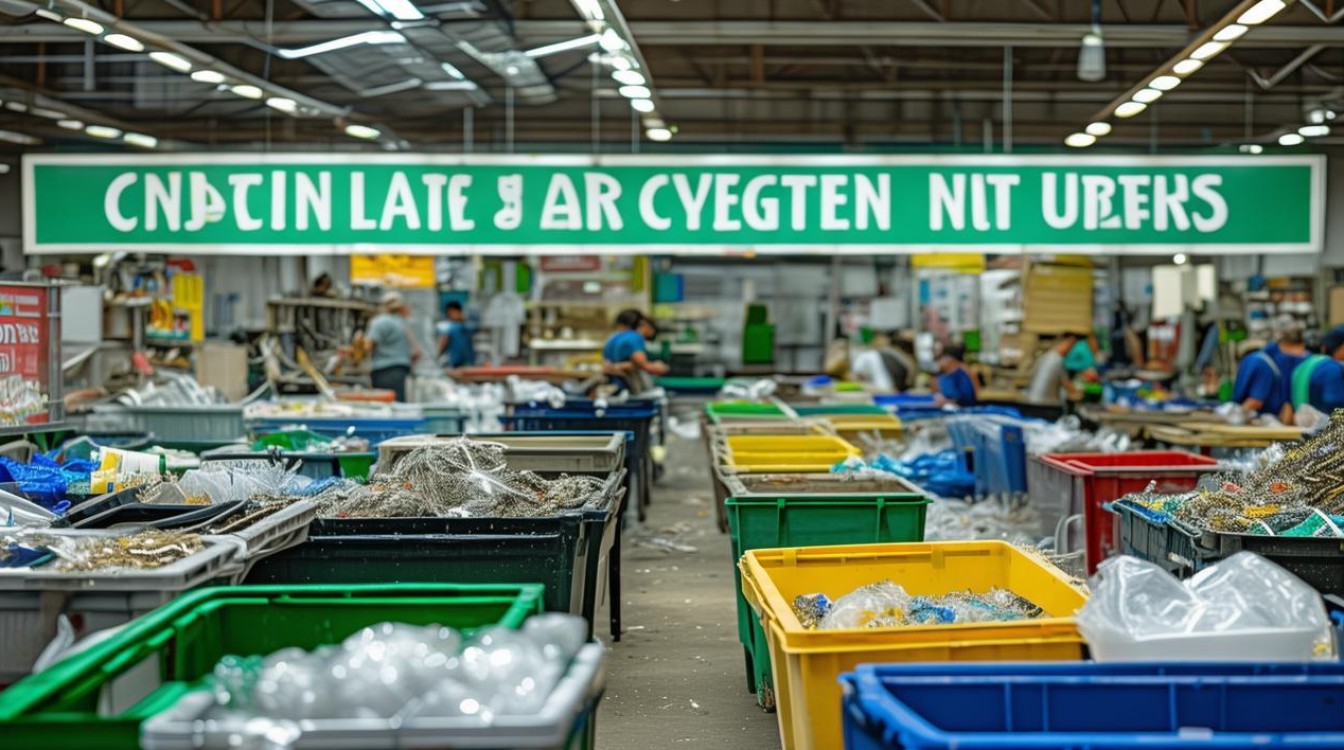In today's world, environmental sustainability has become a critical concern. One of the most effective ways to contribute to a healthier planet is through waste recycling and reuse. This practice not only conserves natural resources but also reduces pollution, saves energy, and minimizes landfill waste. Understanding the significance of recycling and how it benefits both society and the environment is essential for fostering a sustainable future.

The Environmental Benefits of Recycling
Recycling plays a vital role in protecting ecosystems. When materials such as paper, plastic, glass, and metal are recycled, fewer raw materials need to be extracted from the earth. This reduces deforestation, mining, and drilling, which often lead to habitat destruction and soil erosion.
Additionally, recycling helps lower greenhouse gas emissions. Manufacturing products from recycled materials typically requires less energy than producing them from scratch. For example, recycling aluminum saves up to 95% of the energy needed to create new aluminum from bauxite ore. Similarly, recycling paper reduces water consumption and air pollution compared to producing paper from virgin wood pulp.
Economic Advantages of Waste Recycling
Beyond environmental benefits, recycling supports economic growth. The recycling industry creates jobs in collection, sorting, processing, and manufacturing. Many businesses now rely on recycled materials to produce new goods, reducing production costs and promoting a circular economy.

Local governments also benefit financially by reducing waste disposal expenses. Landfills are costly to maintain, and recycling helps divert waste, extending landfill lifespans and lowering municipal expenses. In some regions, recycling programs generate revenue through the sale of recyclable materials, further incentivizing sustainable waste management.
How Individuals Can Contribute
Every person can make a difference by adopting simple recycling habits. Separating household waste into recyclables and non-recyclables is the first step. Many communities provide recycling bins for paper, plastic, glass, and metal, making it easier for residents to participate.
Reducing single-use items is another effective strategy. Opting for reusable bags, bottles, and containers decreases the amount of waste generated. Consumers can also support businesses that prioritize sustainability by purchasing products made from recycled materials.

Challenges in Waste Recycling
Despite its benefits, recycling faces several challenges. Contamination is a major issue—when non-recyclable items are mixed with recyclables, entire batches may be rejected. Educating the public on proper recycling practices is crucial to overcoming this problem.
Another challenge is the lack of infrastructure in some areas. Not all regions have access to efficient recycling facilities, leading to lower participation rates. Governments and organizations must invest in better waste management systems to ensure recycling programs are accessible to all.
The Future of Recycling
Innovations in recycling technology continue to improve efficiency. Advanced sorting systems using artificial intelligence can identify and separate materials more accurately. Chemical recycling methods are being developed to break down complex plastics into reusable components, offering new possibilities for waste reduction.

Public awareness campaigns and stricter environmental policies will further drive recycling efforts. As more people recognize the long-term benefits, recycling rates are expected to rise, contributing to a cleaner and more sustainable planet.
Recycling is not just an individual responsibility but a collective effort. By making conscious choices and supporting sustainable practices, we can significantly reduce waste and protect natural resources for future generations. The impact of recycling extends beyond immediate environmental benefits—it fosters a culture of responsibility and innovation, paving the way for a greener future.

